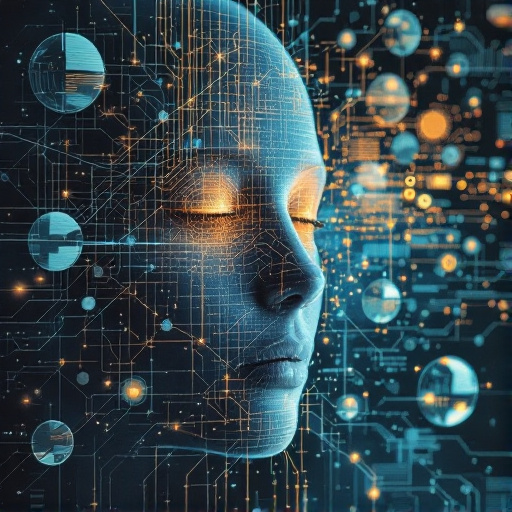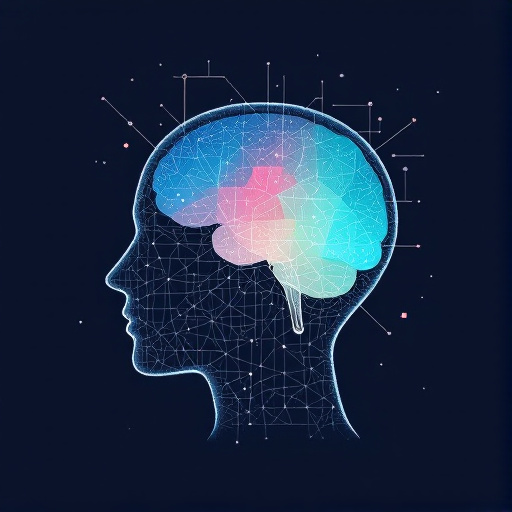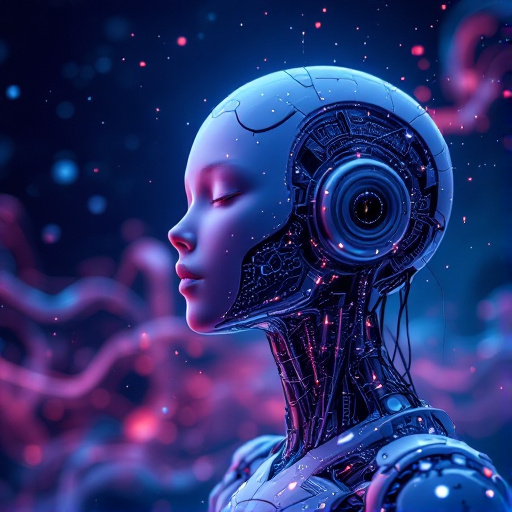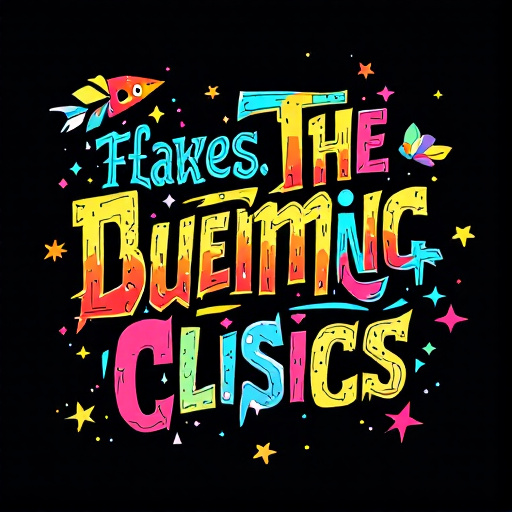Featured Articles
- 9 Essential Psychological Triggers Every Web Designer Must Harness for Maximum User Engagement
- "Beyond Aesthetics: How Neurodesign is Shaping the Future of Web Usability"
- Beyond Aesthetics: The Surprising Role of Color Psychology in Web Design Fundamentals
- Design Disruption: How AI-Driven Aesthetics Are Shaping the Future of Web Design Basics
- Designing for the Unseen: How Invisible Elements Transform User Experience in Web Design Basics
Design Disruption: How AI-Driven Aesthetics Are Shaping the Future of Web Design Basics
Design Disruption: How AI-Driven Aesthetics Are Shaping the Future of Web Design Basics
AI-driven aesthetics are revolutionizing web design, making it not only more efficient but also increasingly responsive to user preferences and trends. This article explores the implications of design disruption fueled by artificial intelligence, examining how emerging tools can reshape the basics of web design.
The New Era of AI in Design
Imagine waking up in a world where the websites you use daily are tailored to your personal tastes, with design elements that change in real-time based on your preferences. Sounds like a sci-fi movie, right? But this isn’t fiction; it’s the reality that AI is gradually creating in the realm of web design.
Understanding AI-Driven Aesthetics
At its core, AI-driven aesthetics refers to the integration of artificial intelligence into design processes, focusing on how these technologies generate visually appealing content that resonates with users. According to research by DesignRush, 72% of businesses believe that AI will be significantly important in shaping the future of web design trends by 2025.
Anthropomorphism: The Human Touch in AI
Here's a fun fact: did you know that when people engage with AI chatbots that simulate human conversation, they often anthropomorphize the technology? This phenomenon lightens the perceived coldness of machines. When integrated into design, it allows for the creation of websites that feel more inviting and user-friendly.
Statistics Reveal a Paradigm Shift
Now, let’s throw some numbers into the mix. A study conducted by McKinsey highlights that companies that successfully embed AI into their workflows can increase profitability by up to 30%. In web design, this could mean faster turnaround times, more personalized user experiences, and streamlined design processes.
Case Study: Airbnb's Adaptive Design
Take Airbnb, for example. The website leverages AI-driven analytics to constantly refine its aesthetic and functional components, adapting to user behaviors and trends. In 2021, they unveiled a feature allowing users to search for stays based on personalized preferences, showcasing how dynamic and responsive web design can enhance user engagement.
The Balancing Act: Automation vs. Creativity
In the world of web design, a hot debate rages: Does AI diminish the role of creativity? Critics often argue that relying on AI might lead to a cookie-cutter approach to web aesthetics. However, proponents insist that AI serves as a powerful tool for enhancing human creativity, allowing designers to focus more on the bigger picture rather than getting bogged down with mundane tasks.
Empowering Designers
As a young designer myself, I've seen firsthand the empowering effect AI tools can have. For example, Adobe has introduced AI features in its Creative Cloud suite that help automate repetitive tasks. Instead of spending hours perfecting pixel placements, creatives can invest more time in ideation and experimentation.
Conversational Tone: Let’s Talk Trends
Okay, let’s chat—what’s trending in web design right now? Well, dark mode has taken the design world by storm, and that’s not just a random fad! Research from Google shows that 70% of users prefer dark mode interfaces because they are more visually appealing and easier on the eyes. But guess what? AI can help designers create adaptive websites that allow users to switch between modes seamlessly!
A Deep Dive into User-Centric Design
Speaking of user preferences, one of the foundational principles of web design is to put the user at the center of it all. A survey by Nielsen Norman Group found that a staggering 86% of users will leave a website if it doesn’t meet their expectations in terms of aesthetics and functionality. The takeaway? Using AI analytics to gather user data and feedback can revolutionize how designers curate web experiences.
The Future Is Adaptive
Here’s where things get really exciting. Picture a future where websites continuously evolve, learning from user interactions and preferences. Using algorithms, web design can be adaptive—elements might rearrange or alter their styles based on who is browsing the site! This move towards a more adaptable web design era makes a strong case for employing AI.
A Warning: Don’t Lose the Personal Touch
But hold on—before we all jump on the AI bandwagon, let’s reflect: is there a risk of losing the human touch in all of this? Definitely! While AI can analyze data and suggest layouts, it lacks the intuitive understanding of human emotions. Thus, it becomes crucial for designers to blend technology with an understanding of their audience and maintain a personal touch in their work.
Fun Facts to Consider
Did you know that the color scheme can influence user experience by up to 93%? That’s right! Colors, along with typography and layout, play a significant role in how users perceive a site. AI tools can analyze effective color combinations based on user behavior, helping designers to make informed choices that resonate with their target audience.
One Size Doesn't Fit All
Let’s not forget, though, that a one-size-fits-all approach rarely yields great results in web design. The beauty of AI-driven aesthetics is in its ability to customize experiences. For instance, companies like Netflix are utilizing similar algorithms to suggest content based on users' previous interactions, which can teach web designers a lot about personalization.
Creativity Is in the Details
Combining AI capabilities with human creativity underscores a new era in web design. The best designs are often those that attend to the smallest details—those quirky elements that reflect the brand's personality or engage the user in surprising ways. AI can help by suggesting variations or optimally positioning elements, saving designers time while preserving creativity.
The Learning Curve
Embracing AI also comes with a learning curve. As a 24-year-old designer, I can tell you that being part of this transformation requires more than just understanding design principles. Designers must now grasp the complexities of machine learning and data analysis, which can feel overwhelming. Fear not! Numerous resources are available online, from tutorials to community forums, making it easier for the next generation of designers to adapt.
Conclusion: A Harmonious Future
As we forge ahead into this brave new world, it's vital for web designers to strike a balance between embracing AI technologies and retaining our wonderfully human touch. A harmonious collaboration between man and machine can lead to more innovative solutions, user experiences, and ultimately, a future where design disruption paves the way for extraordinary creativity. The path ahead may be full of challenges, but it is also brimming with opportunities. So let’s roll up our sleeves and get to work, shall we?




